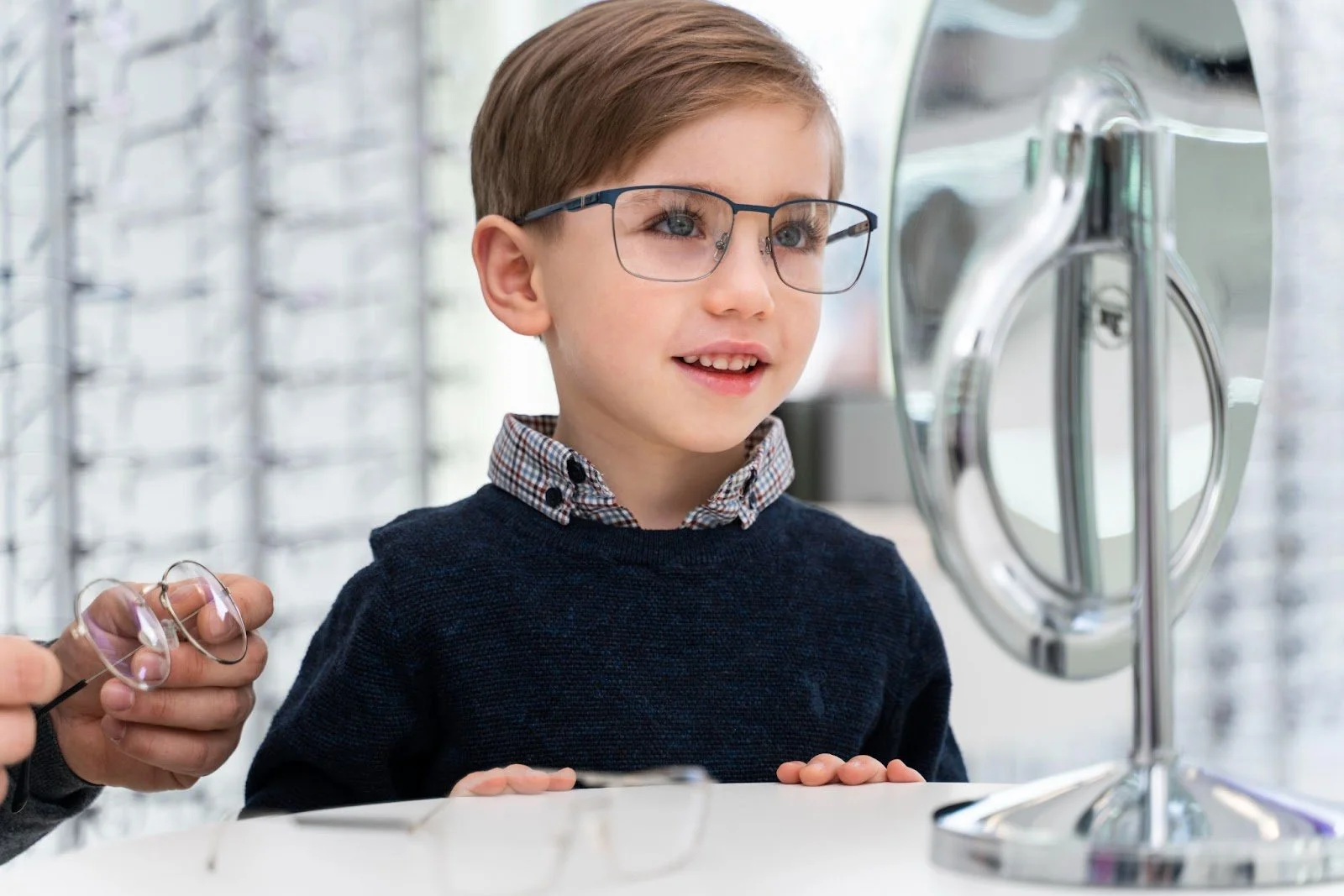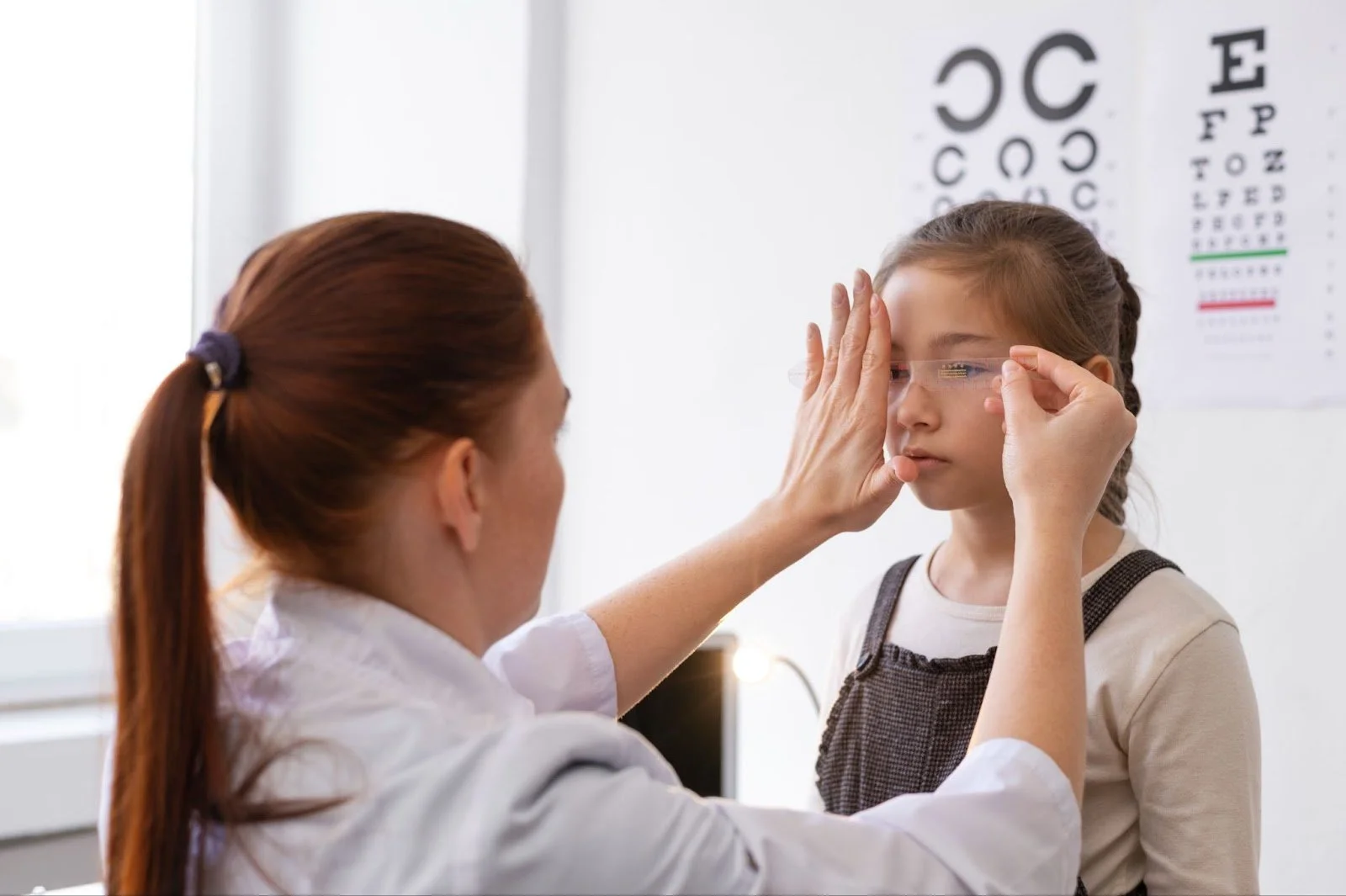Genetic Eye Conditions in Children: What Parents Need to Know
Understanding your child’s eye health can sometimes feel like unravelling a puzzle, especially when it comes to conditions that are passed down through families. Genetic eye conditions in children, while often rare, can significantly affect vision and quality of life if not detected and managed early. That’s why it’s so important for parents to know what to look for and where to turn for help.
This guide will walk you through common inherited eye disorders, early signs to watch for, and the services available to Australian families. Whether you’re already aware of a family history or simply want to stay informed, you’ll find practical advice here. And if you’re wondering about how to best support your child’s vision, you can explore more helpful resources on finding a kids' optometrist in your area.
What Are Genetic Eye Conditions?
Genetic eye conditions are disorders that affect a child’s vision and are caused by inherited changes (mutations) in their DNA. These can be passed down from one or both parents, or arise from spontaneous changes that happen for the first time in the child.
In some cases, a child may inherit a faulty gene without either parent experiencing symptoms themselves. At other times, the condition may already be present in the family tree, increasing the likelihood that it will affect a child.
The way these genetic changes impact vision varies greatly, from subtle effects, such as difficulty seeing certain colours, to more serious conditions that cause significant vision loss or blindness.
Common Genetic Eye Conditions in Children
Some of the most recognised genetic eye conditions that may affect children in Australia include:
Colour Vision Deficiency (Colour Blindness)
This is one of the most common inherited eye conditions, affecting around 8% of boys and 0.5% of girls. It usually results in difficulty distinguishing between red, green or blue hues. While not dangerous, it can affect everyday activities and learning.
Retinoblastoma
A rare but serious childhood eye cancer. Retinoblastoma is often detected by noticing a white reflex in the pupil (instead of the normal “red eye” seen in photos) or vision problems. Early treatment is vital to protect both vision and life.
Inherited Retinal Diseases
These include a range of conditions that affect the retina (the light-sensitive layer at the back of the eye), such as:
Leber’s congenital amaurosis – severe vision loss from birth
Retinitis pigmentosa – gradual loss of peripheral vision and night vision
Stargardt disease – progressive loss of central vision in childhood or adolescence
These conditions are often progressive, but early support can make a real difference in maximising a child’s remaining vision and independence.
Recognising Early Signs and Symptoms
Spotting the signs early is key. Parents should keep an eye out for:
Unusual eye movements (flickering or wobbling)
Sensitivity to light
White or unusual reflections in the pupil
Squinting or tilting the head to see
Delayed visual development
Difficulty recognising faces or following objects
Frequent tripping or bumping into objects
If you notice any of these signs or if you have a family history of eye conditions, it’s important to seek professional advice promptly.
The Importance of Early Detection and Screening
Australia has several vision screening programmes that help detect eye conditions in children:
Red reflex test – often done shortly after birth to check for cataracts or retinoblastoma.
Preschool vision screening – usually offered to children aged 3.5 to 5 years as part of early health checks.
A strong family history can also guide decisions about more detailed eye examinations, even in children who appear to have no symptoms. Regular check-ups with an optometrist experienced in children’s eye health are also recommended.
Genetic Counselling: What Parents Should Know
Genetic counselling can help families understand inherited eye conditions and their potential implications for their children and future family planning.
A genetic counsellor can:
Explain how a condition is inherited
Discuss testing options for the child and family members.
Provide emotional support
Help plan for future pregnancies.
In Australia, you can access genetic counselling through public hospital services, referral from your GP, or private providers. The Centre for Genetics Education NSW is a good starting point for information and contacts.
Support, Treatment, and Intervention Options
The type of support and treatment available depends on the condition and its severity. Advances in medical care are offering new hope to families:
Medical care and emerging treatments
For some retinal diseases, research into gene therapy is showing promising results. In conditions like Leber’s congenital amaurosis, gene therapy can improve vision by targeting the faulty gene. While not all inherited eye diseases have a “cure” yet, ongoing clinical trials continue to expand treatment possibilities.
Low vision services and educational support
When a child’s vision can’t be fully corrected, services such as low vision aids, orientation and mobility training, and school-based support can make a major difference. These services help children adapt, thrive and reach their potential.
Families can access valuable resources through organisations such as:
Vision Australia offers support services, adaptive technology and community connections
State-based disability services and education departments provide tailored support at school and in the home.
Improving Outcomes: What Parents Can Do
If you suspect your child may have a genetic eye condition, or you’ve been told they are at risk, here are some proactive steps you can take:
Seek a professional assessment
Book an appointment with an optometrist who specialises in children’s vision. The earlier a diagnosis is made, the better the options for management will be.Explore genetic counselling
Understanding the genetic aspect helps with family planning and may identify risks for other relatives.Access services early
Engage with low vision services and educational supports as soon as needed — don’t wait for a formal diagnosis if your child is struggling.Stay informed
Research and treatments in this field are evolving rapidly. Staying connected with organisations like Vision Australia or the Genetic Support Network of Victoria can provide updated resources.Build a support network
Linking with other parents through community groups or online forums can offer practical advice and emotional reassurance.
Conclusion
Genetic eye conditions in children, though often complex, do not have to define your child’s future. With early detection, access to the right support, and a proactive approach, children can achieve outstanding outcomes — both in their vision and in life.
If you have concerns or a family history of vision issues, don’t hesitate to seek professional help. A simple step, like visiting a kids-focused optometrist, could make all the difference in protecting your child’s sight.
Frequently Asked Questions (FAQs)
Can genetic eye conditions in children be cured?
Some conditions can be treated or managed, and new therapies, such as gene therapy, show promising results for certain conditions. However, not all genetic eye disorders currently have a cure.
How do I know if my child has an inherited eye disease?
Be aware of family history and watch for signs such as vision difficulties or unusual eye movements. Regular check-ups with an optometrist are important.
Is genetic testing available for childhood eye conditions?
Yes. Genetic testing may be recommended after a specialist assessment, particularly for inherited retinal diseases.
What are the best resources for parents of visually impaired children in Australia?
Vision Australia and state-based services provide excellent support. You can also explore the Genetic Support Network of Victoria for more information.


